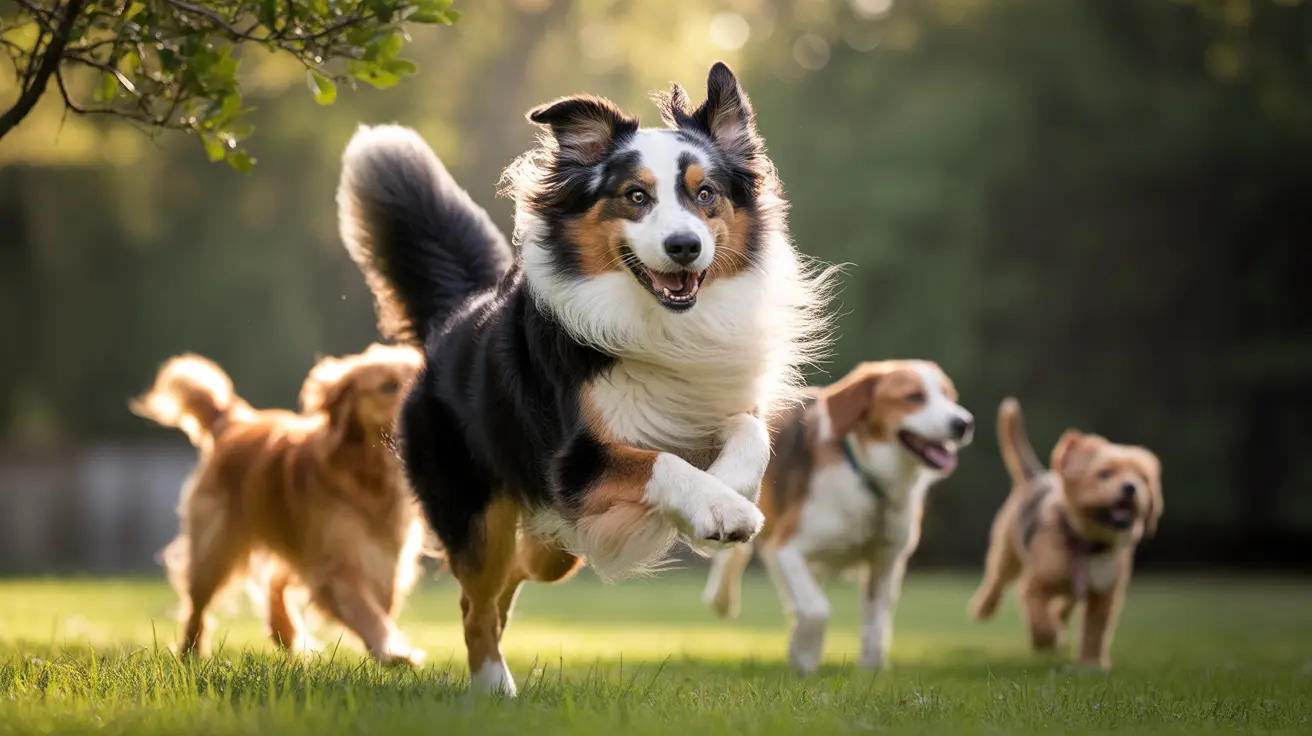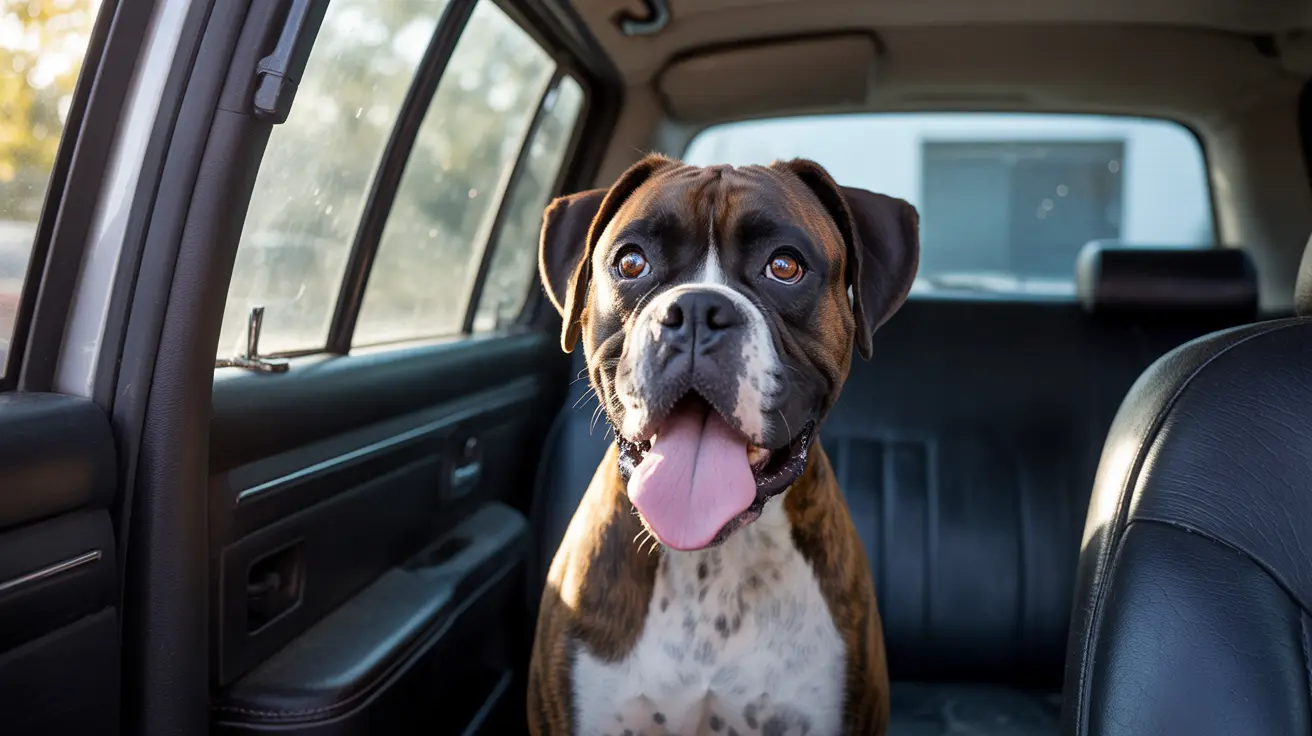Walking a dog isn't just about physical exercise—it's a fundamental aspect of responsible pet ownership that promotes both physical health and emotional well-being. Whether you're a new pet parent or looking to improve your walking routine, this comprehensive guide will help you master the art of walking your dog effectively and safely.
From choosing the right equipment to managing challenging behaviors, we'll explore everything you need to know to make your daily walks enjoyable and beneficial for both you and your furry friend.
Essential Equipment for Safe Dog Walking
Before heading out, ensure you have the right tools for a successful walk. A 4-6 foot non-retractable leash offers optimal control and safety, while a properly fitted harness prevents throat injury and enables more effective training. Always carry:
- Training treats for positive reinforcement
- Waste bags for cleanup
- Reflective gear for low-light conditions
- ID tags and emergency contact information
Training Techniques for Pleasant Walks
Successful dog walking starts with proper training. Begin in a quiet, familiar environment to help your dog focus and build positive associations. Use these proven techniques:
Loose Leash Training
Teach your dog to walk without pulling by stopping whenever tension occurs on the leash. Only resume walking when the leash is slack. Consistency is key—reward your dog with treats and praise when they walk calmly beside you.
Managing Distractions
Start in low-distraction areas and gradually expose your dog to more challenging environments. Use treats to redirect attention and maintain focus during walks.
Creating an Effective Walking Schedule
Establish a consistent routine that works for both you and your dog. Most healthy adult dogs need at least 30 minutes of walking, five times per week. Consider these factors when planning your schedule:
- Your dog's age and energy level
- Weather conditions and time of day
- Available walking routes
- Your personal schedule
Health Benefits and Exercise Requirements
Regular walks provide numerous health benefits for dogs, including:
- Weight management and obesity prevention
- Improved cardiovascular health
- Better joint mobility and muscle tone
- Enhanced mental stimulation
- Reduced anxiety and destructive behaviors
Safety Considerations During Walks
Prioritize safety by following these important guidelines:
- Check weather conditions before heading out
- Use reflective gear during dawn, dusk, or night walks
- Avoid walking during extreme temperatures
- Stay alert to surroundings and potential hazards
- Keep your dog's vaccinations current
Managing Common Walking Challenges
Address common issues with patience and consistent training:
Leash Reactivity
If your dog becomes reactive to other dogs or people, maintain distance from triggers and work with a professional trainer to develop appropriate coping strategies.
Excessive Pulling
Use training tools like front-clip harnesses and positive reinforcement to discourage pulling. Remember that training takes time and consistency.
Frequently Asked Questions
What is the best type of leash and harness to use for safe and effective dog walking?
A 4-6 foot non-retractable leash paired with a properly fitted harness is ideal. Front-clip harnesses can help discourage pulling, while standard harnesses work well for calmer dogs.
How can I train my dog to walk politely without pulling on the leash?
Use the stop-and-wait method, stopping whenever your dog pulls and only continuing when the leash is slack. Consistently reward good walking behavior with treats and praise.
How long and how often should I walk my dog for optimal health and mental stimulation?
Most adult dogs need at least 30 minutes of walking, five times per week. Adjust duration and frequency based on your dog's age, breed, and energy level.
What safety precautions should I take when walking my dog, especially at night or in busy areas?
Use reflective gear, carry ID information, avoid peak traffic times, and stay alert to surroundings. Keep your dog on a short leash in busy areas.
How can I manage challenging behaviors like leash reactivity or fear during walks?
Work with a professional trainer, maintain distance from triggers, use positive reinforcement, and gradually expose your dog to challenging situations in a controlled manner.
Remember, successful dog walking combines proper equipment, consistent training, and attention to both physical and emotional needs. With patience and dedication, you can create an enjoyable walking routine that strengthens your bond while keeping your dog healthy and happy.






